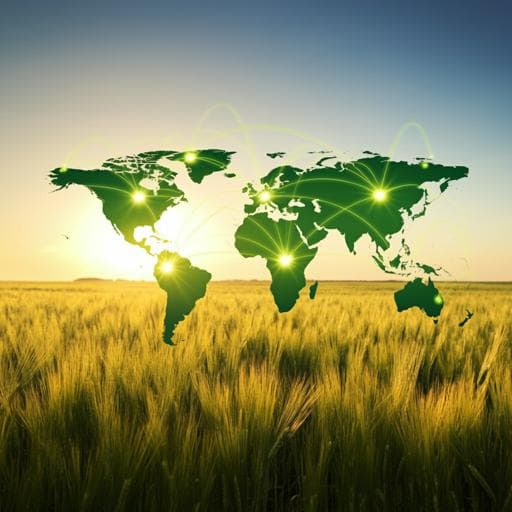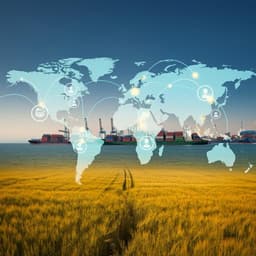
Agriculture
A redistribution of nitrogen fertiliser across global croplands can help achieve food security within environmental boundaries
A. Smerald, D. Kraus, et al.
This groundbreaking study by Andrew Smerald and colleagues reveals how reallocating nitrogen fertilizer could maintain global cereal production while drastically cutting fertilizer use by 32%. It highlights the potential for regions like Sub-Saharan Africa to become self-sufficient, all while minimizing nitrogen pollution in over-fertilized areas. Don't miss this insightful exploration into sustainable agriculture!
~3 min • Beginner • English
Related Publications
Explore these studies to deepen your understanding of the subject.







